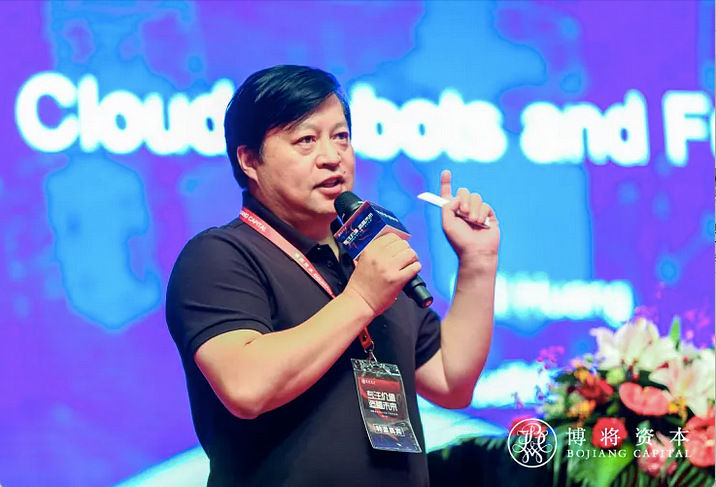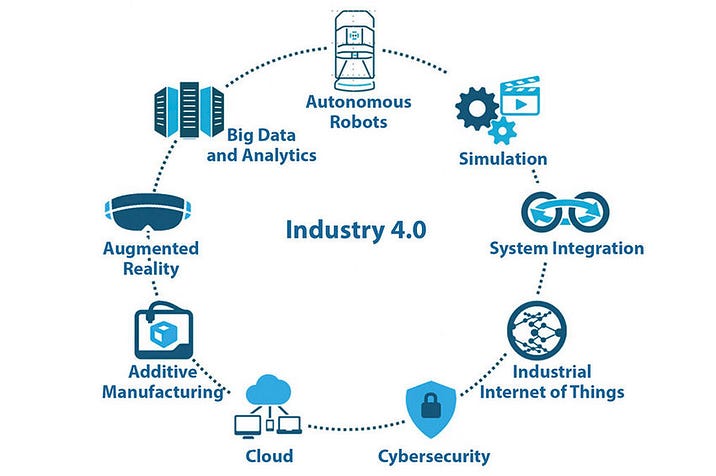Expert Q&A: Mr. Huang Xiaoqing The Father of Cloud-Based Robotics KellyOnTech
In the previous episode, I introduced cloud robots and received some great questions. I want to say a special thanks to the industry expert, Mr. Xiaoqing Huang, founder of Cloud Robotics, for answering these questions.
Question 1: What Is the Result of Artificial Intelligence Materialization?
“The result of the materialization of AI is robots, the cloud-based intelligent robots.” Mr. Huang Xiaoqing
Cloud-based robots can be understood as a combination of physical robots + 5G network connectivity + artificial intelligence. What we need to popularize now and in the future are intelligent robots. By expanding the brain of robots through the cloud, the intelligence level of robots will no longer be limited by hardware. And the body of the robot, as described in the movie “Avatar”, provides services to humans on the spot.

Question 2: What Is the Real Killer Application For 5G?
“The real killer application for 5G is cloud robotics. The visual signal delay between the human eye and the brain is only 30 milliseconds, and the delay of 5G is only 5–10 milliseconds. To make a truly human-like robot, we must rely on 5G.” Mr.Huang Xiaoqing
For a robot to function, it must be able to communicate with the cloud brain in real time, and also ensure that humans can remotely control the robot in real time. 5G’s low latency feature is just right to ensure a smooth connection.
5G can be regarded as a “neural network” for robots. Just like humans rely on neural networks to transmit signals between the brain and the body, robots rely on 5G to ensure efficient data transmission between the body and the cloud brain.
Question 3: Will Robots Become the Underlying Operating System of the Future Society?
“At present, we are in the stage of the fourth industrial revolution, the core of which is information science represented by artificial intelligence (AI). The most important tool that can materialize AI and generate productivity is robots. Therefore, the future development of society is artificial intelligence plus robotics, that is, intelligent robots, not simply robots.
Intelligent robots are a very important productive force in the future society. Humans will use intelligent robots to complete more and more work. Human productivity has increased at a level that far surpasses all previous industrial revolutions, and this has achieved the industrial revolution.” Mr. Huang Xiaoqing
Question 4: What Are the Pillars of the Fourth Industrial Revolution?
According to a summary by ResearchGate, a German-based European business social networking site, the pillars of the Fourth Industrial Revolution include:
- Autonomous robotics
- Big data and analytics
- Augmented reality
- Additive manufacturing
- Industrial Internet of Things
- Cloud Computing
- Cybersecurity
- Simulation Technology
- System Integration

Intelligence is changing the world as we know it. According to the McKinsey Global Institute, between 400 million and 800 million jobs will be automated globally by 2030.
In addition, according to United Nations projections, by 2050, 21 percent of the world’s population will be over the age of 60 — a total of more than 2 billion people. With the improvement of the capabilities and functions of intelligent robots, their use in the fields of industry, agriculture, logistics and education will become more and more extensive.
Tag:KellyOnTech, technology




